One Week in Patagonia: The Perfect 7-Day Itinerary
Patagonia is one of the most breathtaking places you can visit. One week in Patagonia is enough to experience its glaciers, diverse wildlife, and stunning landscapes—but you’ll want to return for more. I spent 7 days in Patagonia, flying between regions to maximize my time. It made the trip more expensive, but the trade-off was worth it.
This Patagonia itinerary covers Puerto Madryn, Ushuaia, and El Calafate—each offering something unique. Whether you want to walk among penguins, trek on a glacier, or visit the ‘End of the World’, this Patagonia trip itinerary has you covered.
Disclaimer: This post may include affiliate links. If you click one of them, I may receive a small commission at no extra cost to you.
Recommended Tours
Don’t have time to read the whole article? Here are my top recommendations for tours, for 7 days in Patagonia:
Peninsula Valdes (Puerto Madryn) – explore the area and see elephant seals, sea lions, & more.
Punta Tombo (Puerto Madryn) – want to see Magellanic penguins? This is the best tour to do so!
Tierra del Fuego National Park (Ushuaia) – unbelievable scenery, like the end of the world!
Beagle Channel & Gable Island (Ushuaia) – best opportunity to see different types of penguins!
Perito Moreno Glacier (El Calafate) – get up close and personal on the glacier!
Patagonia History
Patagonia spans Argentina and Chile, covering over a million square kilometers of mountains, glaciers, and rugged coastline. The region is known for its harsh but stunning environment, diverse wildlife, and strong indigenous and European influences.
- Argentinian Patagonia: Features wildlife-rich coastlines, glaciers, and remote landscapes.
- Chilean Patagonia: Home to Torres del Paine National Park and dramatic fjords.
In this itinerary, I focus on the Argentinian side, which is easier to visit in one week and has some of the region’s best highlights. Okay, maybe I am a little biased, but I loved visiting Argentina and can’t wait to go back.
Getting to Patagonia & Getting Around
Reaching Patagonia takes time, and traveling between destinations often requires flights. I visited Buenos Aires first and then flew to Puerto Madryn as my first stop.
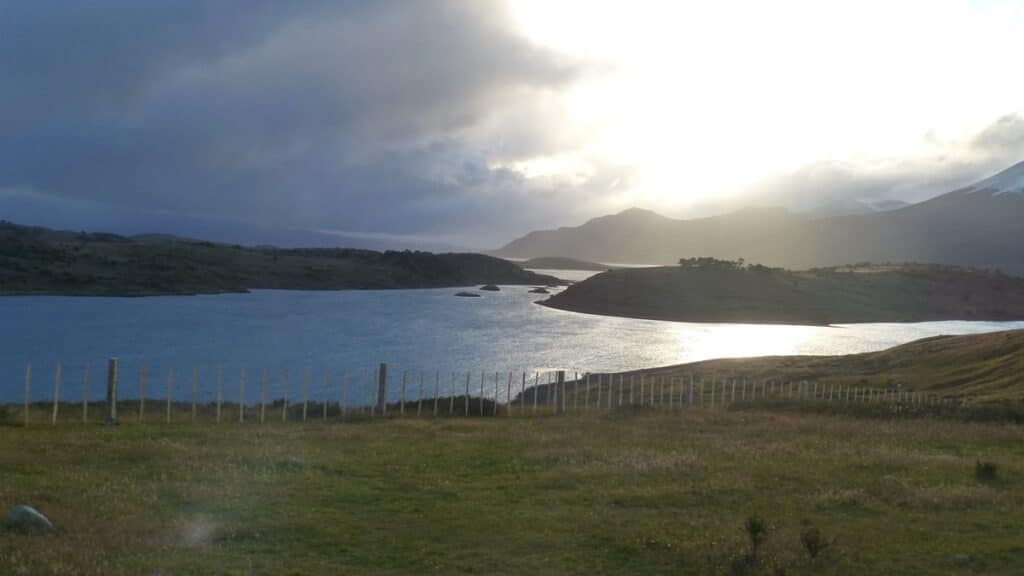
Day 1-2: Puerto Madryn – Wildlife & Coastal Adventures
Puerto Madryn is the best place to start if you love marine wildlife. From here, you can take day trips to see whales, elephant seals, sea lions, and penguins.
What To do in Puerto Madryn
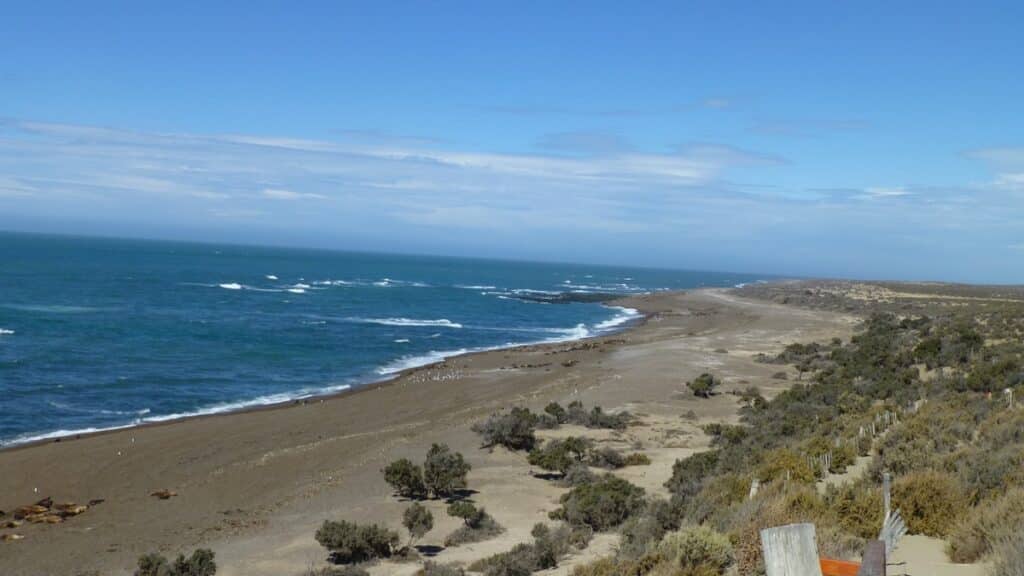
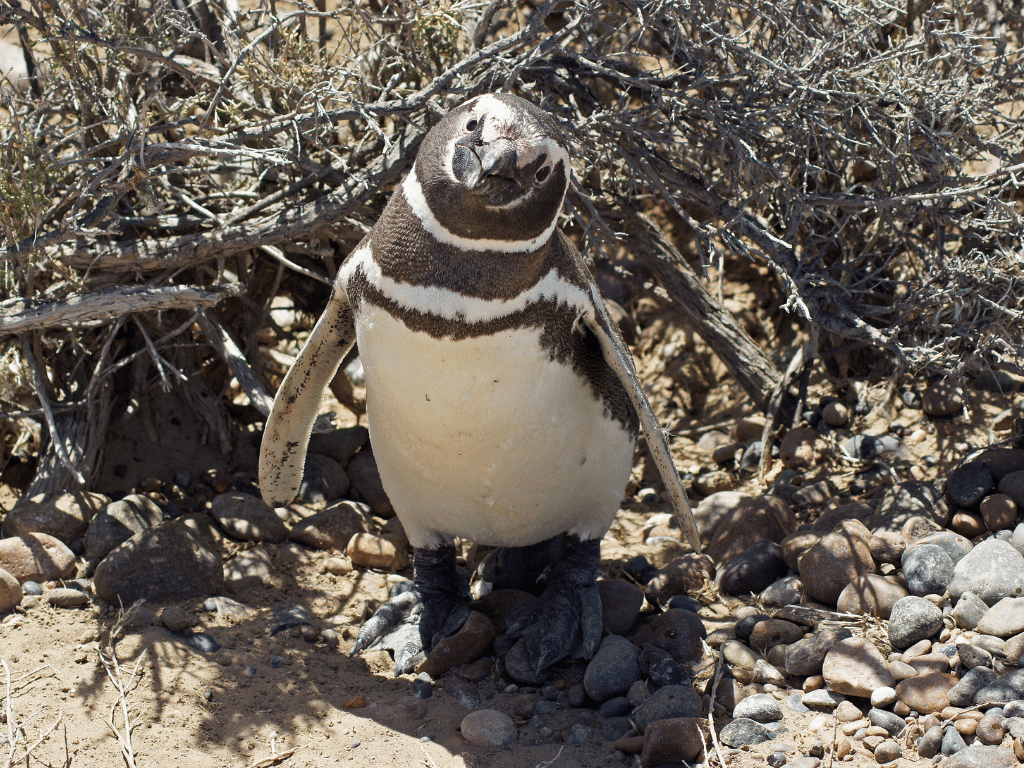
Two days in Puerto Madryn gave me enough time to see the best wildlife hotspots. If you have extra time, you can explore the town and enjoy the beautiful coast views. Puerto Madryn is known for its seafood and fresh fish, so make sure you try something local!
Day 3-5: Ushuaia – The End of the World
Ushuaia is the southernmost city in the world and feels like the last outpost before Antarctica. With three days in Ushuaia, I had time to explore the town, take a Beagle Channel cruise, and explore Tierra del Fuego National Park.
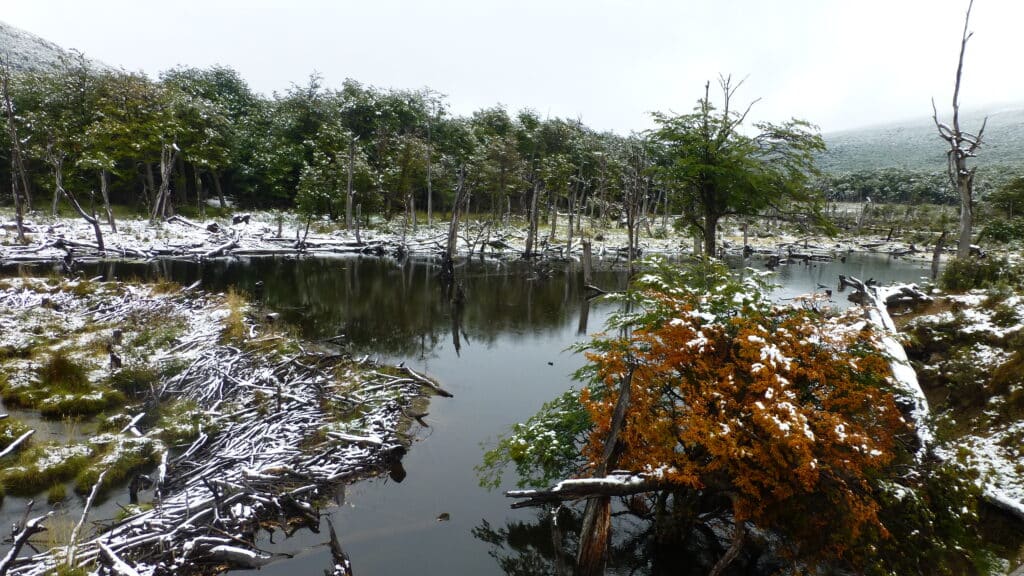
Best Things to Do in Ushuaia
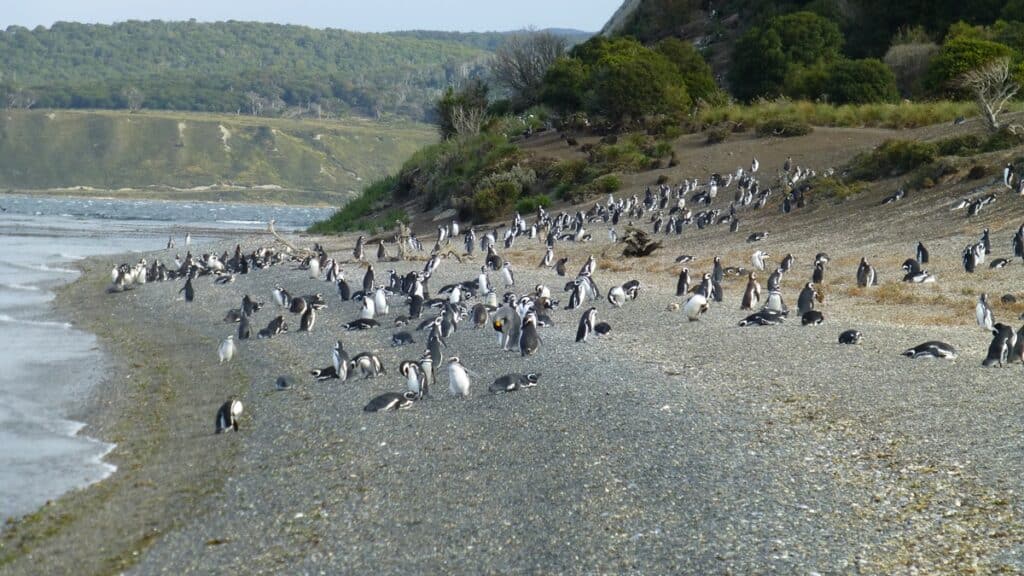
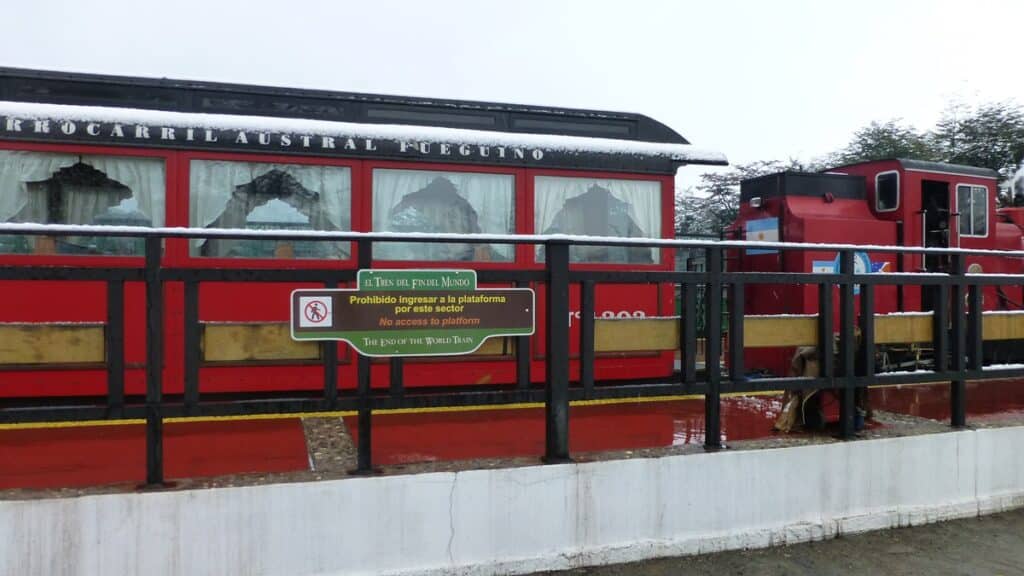
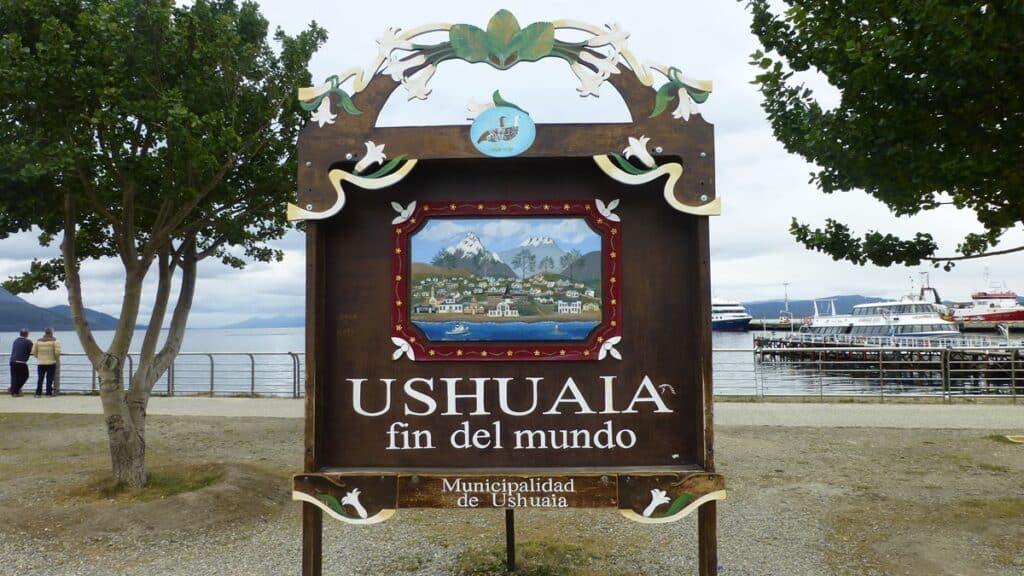
Spending three days in Ushuaia gave me time to experience both land and sea. If you’re short on time, the Beagle Channel cruise and a quick trip to Tierra del Fuego are must-dos. Don’t forget to find the “End Of The World” Sign in Ushuaia for the token touristy picture when you explore the city – and make sure you have southern King Crab as it’s a delicacy in this area!
Day 6-7: El Calafate – Glaciers & Icefields
El Calafate is glacier country. If you only have time for one thing here, make it Perito Moreno Glacier.
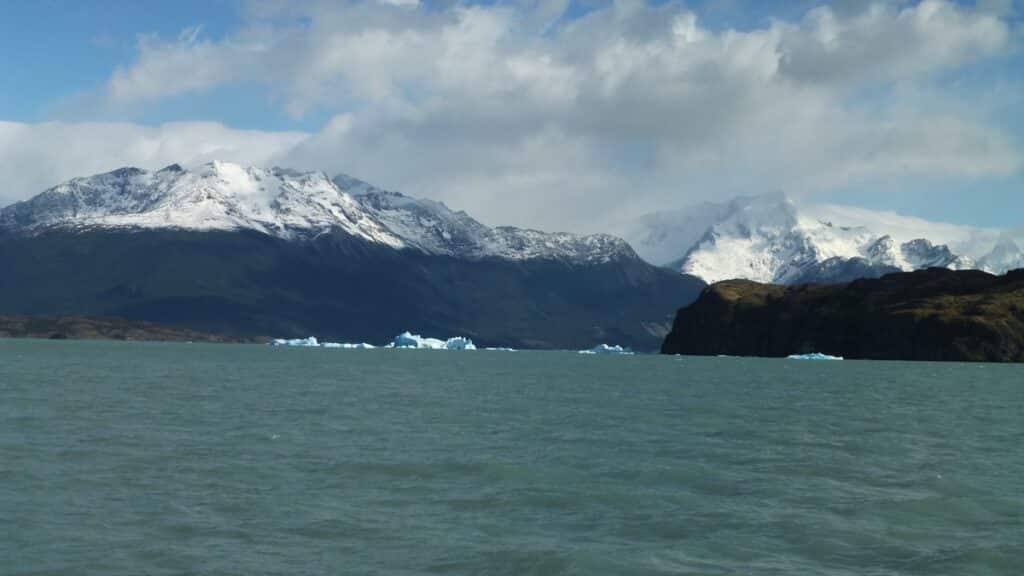
Things to Do in El Calafate

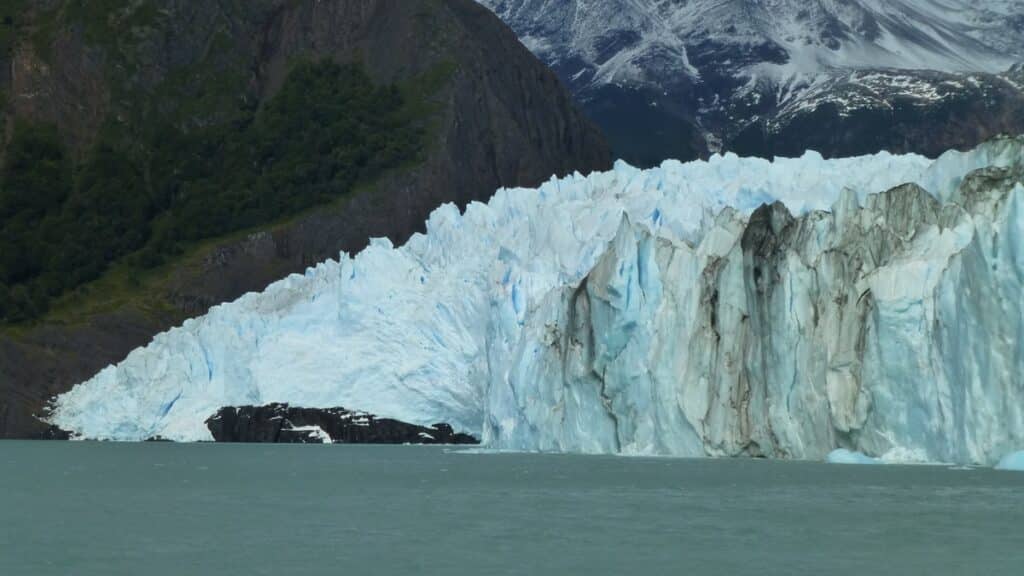
I spent 2 full days in El Calafate, which was enough for Perito Moreno Glacier and a boat tour of Lago Argentino. If you do not have enough time, then you can combine seeing Perito Moreno Glacier and cruising Lago Argentino on this combined day tour. If you have more time, you could visit El Chaltén for epic hiking, but it’s too far for a one-week trip.
Tips for Visiting Patagonia
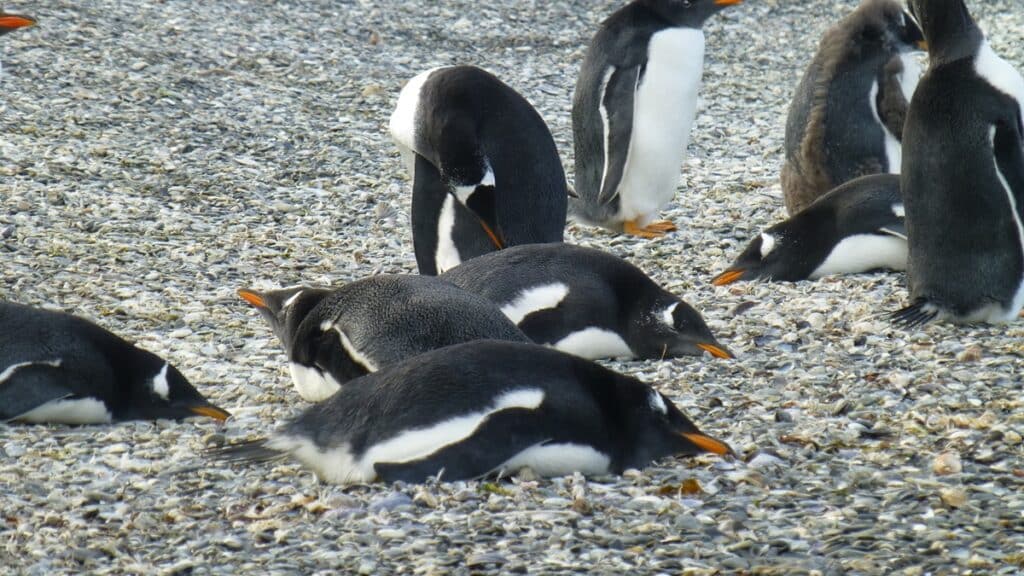
What’s the Weather Like in Patagonia?
Patagonia’s weather is unpredictable year-round, with strong winds and rapidly changing conditions. Temperatures vary based on location and season, but it’s always best to dress in layers and prepare for sudden shifts in weather.
Spring (September–November)
- Temperature: 40–60°F (5–15°C)
- Weather: Mild days with occasional rain and wind. Snow lingers in higher elevations.
- Best for: Fewer crowds, blooming landscapes, and good wildlife viewing, including penguins returning to nesting sites.
Summer (December–February)
- Temperature: 50–70°F (10–20°C)
- Weather: Warmest and windiest season with long daylight hours (up to 17 hours). Sudden rain showers are common.
- Best for: Hiking, glacier trekking, and wildlife spotting, including whales, penguins, and guanacos. This is peak tourist season.
Fall (March-May)
- Temperature: 35–60°F (2–15°C)
- Weather: Cooler temperatures with less wind. Vibrant fall colors in forested areas.
- Best for: Fewer tourists, great photography, and hiking in more stable weather. Some services start to close by late April.
Winter (June–August)
- Temperature: 20–45°F (-7 to 7°C)
- Weather: Snowy, cold, and very short daylight hours (as little as 7 hours in June). Some areas become inaccessible.
- Best for: Skiing, snow sports, and visiting Ushuaia, which remains active year-round. However, many hiking trails and lodges close for the season.
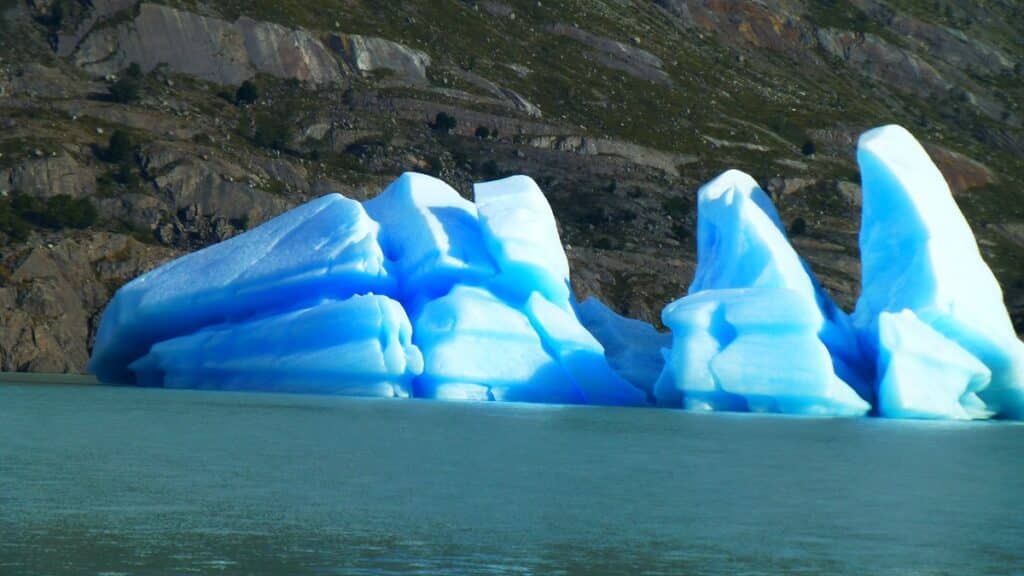
FAQs for Spending One Week In Patagonia
Patagonia Packing List
Make sure you are prepared for your trip to Patagonia! Download this FREE checklist so you can ensure you have everything you need for your amazing adventure!
Final Thoughts: Is One Week in Patagonia Enough?
One week in Patagonia is short, but it’s possible to experience its highlights if you fly between regions. I had a jam-packed trip to Argentina, including Mendoza, Iguazú Falls, and this 7-day Patagonia itinerary. Visiting Patagonia gave me a mix of wildlife, adventure, and glaciers, and I’d do it again in a heartbeat.
Would I return? Absolutely. Patagonia is one of the most beautiful places I’ve ever visited, and there’s still so much left to see.
If you enjoyed my post, follow me on social media or subscribe to my newsletter below, so you can stay connected on future posts, trips, tips, and more.


